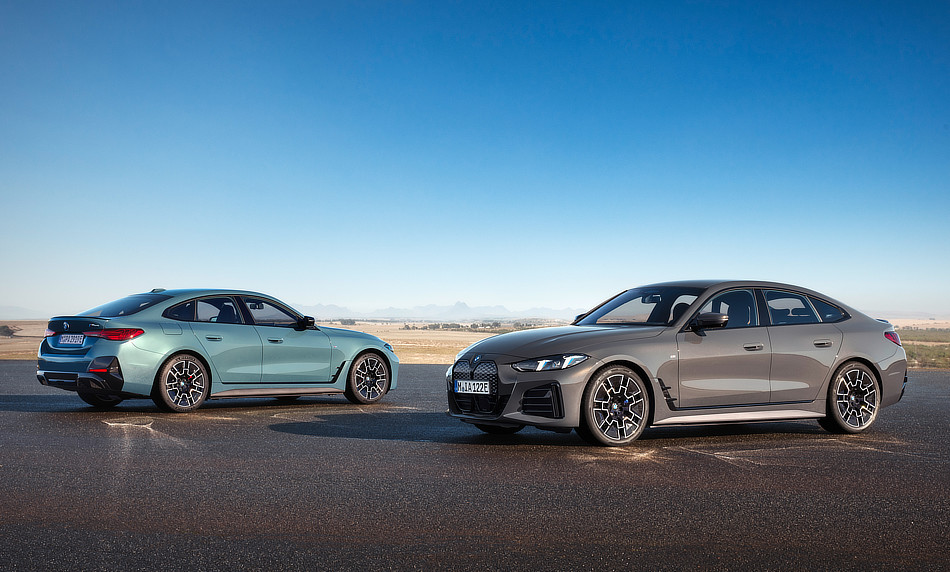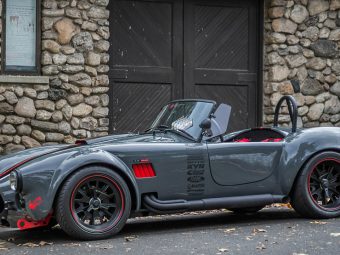October is “shoulder season.” Mornings are cool, days are mild, and your EV begins to act a little different—mostly in small, predictable ways. Here’s what to expect and how to keep your range strong.
The short version
Small drop in October: At 40–60°F, many drivers see a 5–17% hit on short trips. The battery and cabin start colder, and regen may be limited until the pack warms.
Freeze-level benchmark: Around 32°F, modern EVs often deliver about 80% of their warm-weather range. Heat pumps help.
Deep-cold context (later in winter): Near the mid-teens °F, real highway testing shows ~25% less range at steady 70–75 mph.
Tires matter: Pressure falls ~1–2 psi per 10°F drop—easy range you can lose overnight. Top off to your door-jamb PSI.
Why cooler weather trims range (in plain words)
Batteries like “room temperature.” Chemical reactions slow as the pack gets cold, so power and efficiency dip until it warms.
Heat takes energy. Heating a cold cabin draws more power than A/C. Short, stop-and-go drives in cool air exaggerate this.
Regen can be limited. When the battery is cold (or very full), you may see dotted lines or a message about reduced regenerative braking.
Tire pressure drops. Lower PSI increases rolling resistance, so you travel fewer miles per kWh.
October vs. true winter: what’s different?
October (50s by day): Expect a mild range hit on short trips, mainly from cabin heat and a cold-soaked pack first thing in the morning. After 10–20 minutes of driving, efficiency normalises.
Freezing days ahead (32°F and below): Losses grow and become more consistent, especially at highway speeds, where aero drag and steady heater use stack up.
VIN data snapshot:
VIN Data analysis shows that every September–October, three “surprises” come up again and again:
1. “Why did my regen dots appear?” Because the pack is cold or the battery is near full; they clear as the pack warms or state of charge drops.
2. “Charge seemed slower this morning.” Fast-charging lags until the pack reaches its target temperature. Use navigation to a charger to trigger battery preconditioning.
3. “TPMS light popped on.” A cool snap can drop PSI enough to trigger the light—top up and recheck weekly.
Expert tip: Gas cars also lose efficiency in the cold—often double-digit percent in freezing temps. EVs aren’t unique; you’re just more aware because the dash shows range precisely.
Real owner voices (Reddit)
These are anecdotes, not lab tests—but they match what we hear from owners each fall:
Heat pump + warm garage = small hit. Many report around a 10–15% drop in cool mornings when they precondition and park indoors.
Regen dots explained. Drivers commonly note limited regen in cool weather until the battery warms; it returns after a few miles.
Extreme cold is different. Northern drivers see much bigger losses below about 5°F—well beyond October norms.
What to do in October (simple checklist)
Precondition while plugged in (set a departure time in your app). Save battery for driving.
Use heated seats & wheel first; run the cabin a few degrees lower for comfort with less energy.
Top off tyre pressure to the door-jamb spec; recheck after big temperature swings.
Expect limited regen for the first miles; leave extra space and brake gently.
On highway trips, slow 5 mph if you’re tight on range; small speed drops help a lot.
Navigate to the charger so your car warms the battery on the way and can fast-charge near normal speeds.
If you store outside, consider an insulated windshield cover and keep the car plugged in overnight when possible.
Charging when it’s cool
Cold pack = slower charging. The car protects the battery by limiting charge rates until it’s warm.
Preconditioning works. Use in-car nav to the charger; many EVs heat the pack en route.
Heat pump bonus. Cars with heat pumps tend to lose less range in cold weather compared with resistive heaters.
Fall data pulse
VIN data analysis shows millions of ownership signals across U.S. climates each year. Our fall pattern is consistent:
Short trips lose the most: The first 5–10 miles after a cold start show the largest efficiency hit.
Highway steadies out: After the pack warms, October highway range often sits within ~4–10% of summer numbers at similar speeds.
Driver habits matter: Preconditioning, gentle first miles, and correct PSI narrow the gap more than any single hardware feature.
Expert view
“October isn’t ‘winter mode’—it’s a warm-up act. If you precondition when plugged in, check your tires, and keep speeds reasonable, most drivers won’t notice more than a small hit on everyday trips. Plan a touch more margin for early-morning highway runs.”
— Alex Black, CMO at EpicVIN
In October, most EVs lose a little range, not a lot. The pack is cooler, regen may be limited at first, and the heater starts to sip power. Precondition before you leave, keep tyres at spec, and you’ll cruise through fall with confidence—saving the heavier winter tactics for when true cold arrives.







